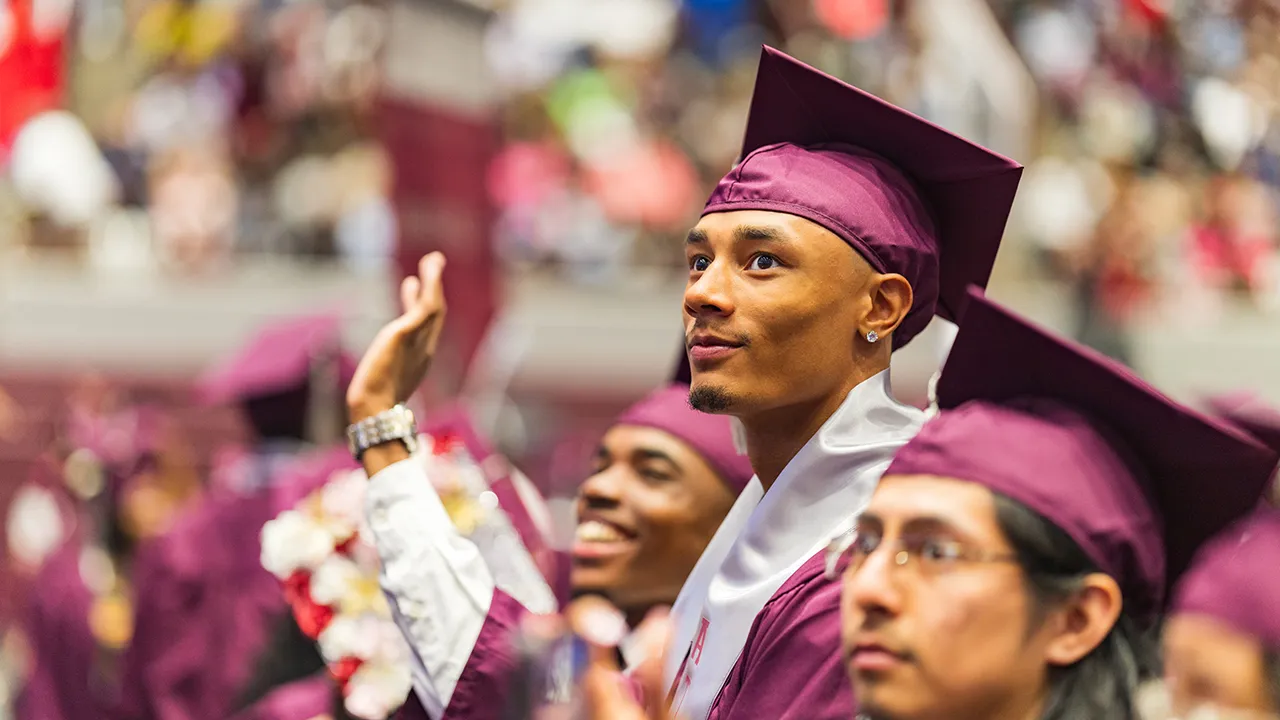Courtesy of the Pew Research Center
A new report from Pew Research Center has examined trends in historically Black college and university enrollment over the past 50 years. Although HBCUs’ primary mission is to educate Black students, there has been a sharp increase in non-Black student enrollment at these institutions.
For their report, the research team leveraged the United States Department of Education’s most recent data from 2022. At that time, there were 99 active HBCUs in the United States, 50 of which were public institutions and 49 of which were private institutions. According to the report, there were roughly 290,000 students enrolled in HBCUs in 2022. This is an increase of roughly 30 percent from 1976.
During this time period, the share of Black student enrollment at HBCUs increased by 15 percent, while the share of non-Black HBCU students increased by 117 percent. This has caused a decrease in Black students overall representation at HBCUs, which has dropped from 85 percent in 1976 to 76 percent in 2022. Conversely, Black student enrollment at all U.S. colleges and universities grew by 125 percent, nearly double the increase in enrollment for non-Black students.
Out of the 99 HBCUs in 2022, 91 had student bodies that were over 50 percent Black – 33 of which had student bodies that were over 90 percent Black. The report identified two HBCUs – West Virginia State University and St. Philip’s College in San Antonio – whose student bodies were only 9 percent Black. West Virginia State University enrolls mainly White students, while St. Philip’s University, also considered to be a Hispanic-serving institution, enrolls mainly Hispanic students.

